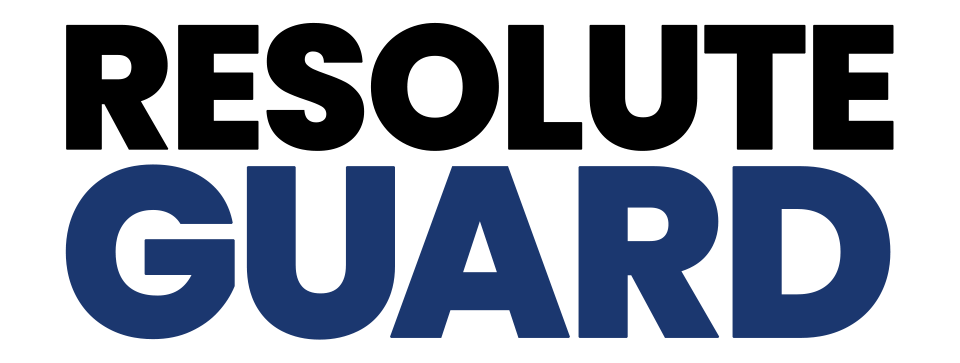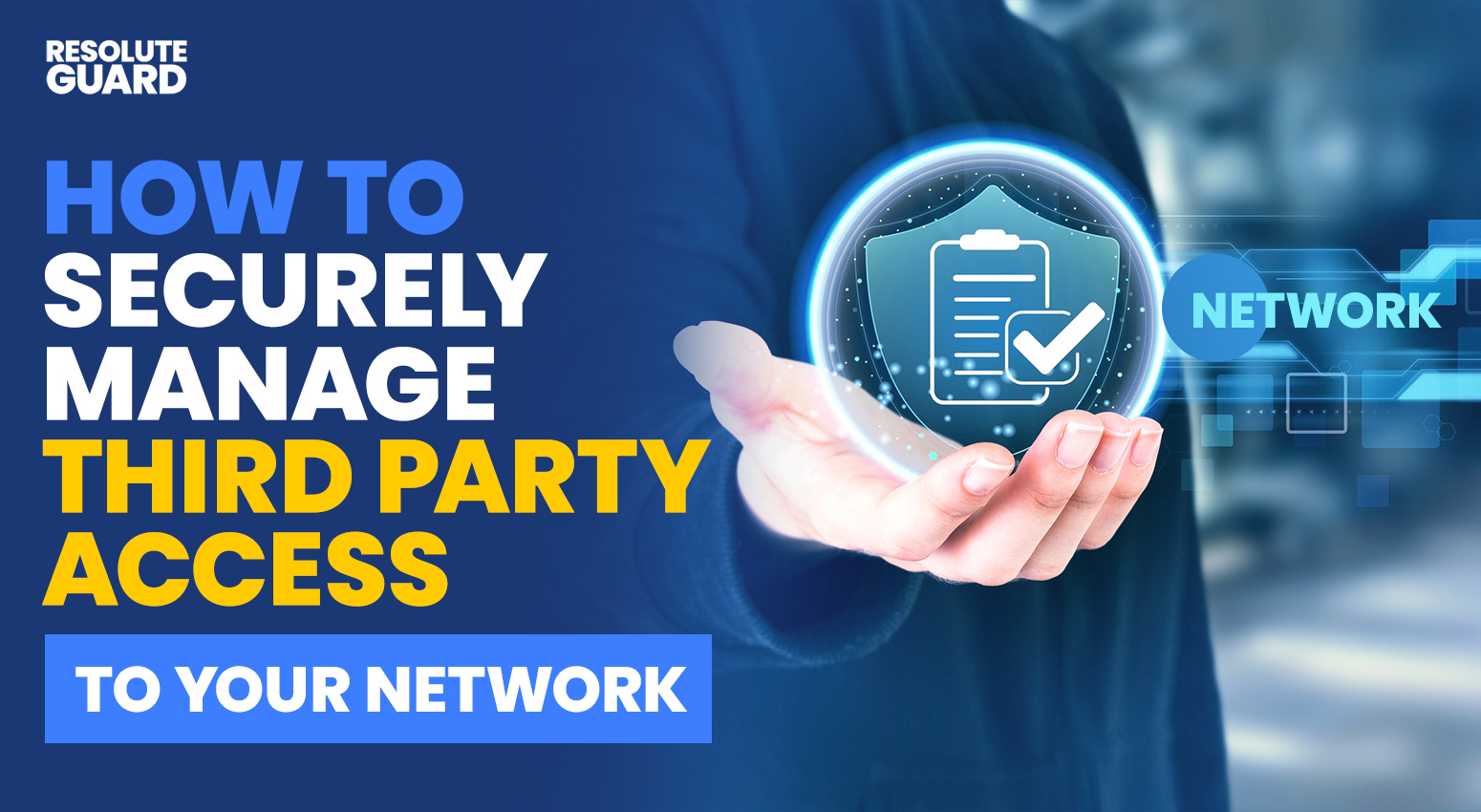How To Securely Manage Third Party Access to Your Network
Managing third-party access to your network securely is crucial to protecting sensitive data and maintaining the integrity of your systems. Start by establishing clear policies and agreements. Define access policies by specifying the scope of access required for third parties, including the specific systems, data, and network segments they can access. Apply the principle of least privilege access, granting third parties the minimum level of access necessary for their tasks. Legal agreements, such as Non-Disclosure Agreements (NDAs) and Service Level Agreements (SLAs), should be in place to protect sensitive information and outline security requirements and responsibilities.
Conduct thorough risk assessments, beginning with an initial vendor risk assessment to evaluate the security posture of third-party vendors. Consider their security policies, history of breaches, and compliance with industry standards. Follow up with ongoing monitoring, including regular reviews and continuous monitoring of third-party activities to detect any suspicious behavior.
Implement strong authentication and authorization measures by requiring multi-factor authentication (MFA) for all third-party users and using role-based access control (RBAC) to ensure that third-party users only have access to the resources necessary for their roles. Use dynamic access controls that adjust based on user roles, tasks, and risk levels.
Secure network segmentation by creating separate network zones for third-party access and using Virtual Private Networks (VPNs) and secure gateways to control and monitor access points. Implement micro-segmentation to enforce granular access controls within your network segments and monitor east-west traffic to prevent lateral movement of threats.
Enforce data protection measures by ensuring that all sensitive data accessed by third parties is encrypted both in transit and at rest, using strong encryption standards like AES-256. Implement data masking techniques to protect sensitive data by obscuring it from unauthorized users.
Implement robust monitoring and logging practices. Continuously monitor third-party activities on your network to detect and respond to anomalies using real-time monitoring and User Behavior Analytics (UBA). Maintain detailed logs of all third-party access and activities and conduct regular audits to ensure compliance with security policies and detect unauthorized actions.
Establish strong endpoint security by verifying the implementation of valid endpoint security solutions on devices used by third parties to access your network. Regularly check that third-party devices comply with your security standards and are free of malware. Use secure remote access solutions like remote desktops, VPNs, and zero-trust network access (ZTNA) to protect remote connections and deploy Endpoint Detection and Response (EDR) solutions to monitor and protect endpoints from advanced threats.
Conduct regular training and awareness programs for third-party users to understand your policies and best practices. Provide ongoing education and updates about new security threats and how to mitigate them. Establish clear communication channels for reporting security incidents and concerns.
Establish incident response protocols with clear procedures for third parties to report security incidents or breaches promptly. Ensure that your incident response team is prepared to handle incidents involving third-party access. Perform thorough root cause analysis of incidents and document lessons learned to update policies and procedures accordingly.
Ensure regulatory compliance by making sure that third-party access complies with relevant industry standards and regulations such as GDPR, HIPAA, and PCI DSS. Maintain comprehensive documentation of third-party risk management practices to demonstrate compliance during audits.
Implement strong contractual controls by including specific security requirements in contracts with third parties, detailing expectations for protecting data and systems. Mandate timely notification of any security breaches or incidents involving third-party access to your network. Establish clear penalties for non-compliance with security policies and contract terms and offer incentives for third parties who consistently demonstrate strong security practices and compliance.
Adopt a zero-trust architecture that continuously verifies the identity and trustworthiness of users and devices. Enforce least privilege access policies, granting the minimum necessary access for the shortest duration possible. Use network segmentation to isolate sensitive areas and reduce the attack surface. Implement dynamic micro-segmentation to adapt access controls based on real-time risk assessments.
Implement advanced identity and access management (IAM) solutions by using strong, multi-factor authentication methods for all third-party users and implementing federated identity management to streamline access while maintaining security controls. Define and manage roles and access levels within an IAM system to ensure appropriate access and conduct regular access reviews to verify that third-party access is still necessary and appropriate.
Conduct regular security assessments and audits of third-party vendors to assess their compliance with your security policies. Utilize independent third-party assessments to validate the security posture of your vendors. Regularly review internal policies and procedures to ensure they are up-to-date and effective, and use audit findings to drive continuous improvements in third-party risk management practices.
Strengthen communication and collaboration by establishing clear communication channels for reporting security incidents and sharing threat intelligence. Provide regular updates and briefings to third-party vendors on emerging threats and security best practices. Use secure collaboration platforms for communication and file sharing with third-party vendors and collaborate on joint security initiatives and training programs.
Utilize Security Information and Event Management (SIEM) solutions to collect and analyze logs from various sources, including third-party activities. Use SIEM for real-time analysis and correlation of events to detect and respond to security incidents. Configure SIEM to generate automated alerts for suspicious activities involving third-party access and use it for forensic analysis to investigate and understand security incidents.
Regularly update and patch systems by implementing automated patch management solutions to ensure all systems, including those accessed by third parties, are up-to-date. Conduct regular vulnerability scans to identify and remediate security gaps in systems accessed by third parties and prioritize patching based on the criticality of vulnerabilities and the potential impact on your network.
Develop a comprehensive security awareness program that includes initial security training for third-party users before granting network access and ongoing education to keep third parties informed about new threats and security practices. Conduct regular phishing simulations to test and improve the awareness of third-party users and share best practices and security tips through newsletters, webinars, and workshops.
Implement Data Loss Prevention (DLP) solutions to monitor and control the flow of sensitive data within and outside your network. Classify and label sensitive data to ensure it is appropriately protected and implement access controls based on data classification to restrict access to sensitive information.
Ensure robust endpoint security by deploying antivirus and anti-malware solutions on all endpoints used by third parties and using Endpoint Detection and Response (EDR) solutions to detect and respond to endpoint threats. Establish security baselines for devices used by third parties, including encryption, password policies, and software updates, and continuously monitor devices for compliance with your security baselines.
Implement secure development practices by ensuring third parties adhere to secure coding standards and conduct regular code reviews. Use static code analysis tools to detect vulnerabilities in the code provided by third parties and ensure that third-party development environments are secure and isolated from production environments.
Employ Privileged Access Management (PAM) to restrict the use of privileged accounts to only those tasks that require them and monitor and record privileged sessions to ensure accountability and detect suspicious activities. Grant temporary privileged access as needed and revoke it once the task is completed and regularly audit privileged access to ensure it is appropriate and justified.
Establish third-party onboarding and offboarding processes by conducting thorough background checks on third parties before granting access and providing comprehensive security training as part of the onboarding process. Ensure that all access rights are revoked immediately when a third party’s engagement ends and remove or securely destroy any sensitive data held by third parties.
Enhance threat intelligence sharing by collaborating with industry peers and threat intelligence providers to stay informed about new threats and vulnerabilities. Use threat intelligence feeds to provide real-time updates to your security systems and analyze threat intelligence in the context of your organization’s specific risk profile. Integrate threat intelligence with automated response systems to quickly mitigate identified threats.
Conduct regular security drills and simulations by planning tabletop exercises with third parties to simulate security incidents and evaluate response plans. Conduct full-scale security drills to test the effectiveness of your incident response plans and analyze the outcomes to identify areas for improvement and update plans accordingly.
Strengthen physical security measures by implementing physical access controls such as keycards, biometrics, and security personnel to protect sensitive areas and using video surveillance and monitoring to detect and respond to physical security breaches. Ensure that hardware used by third parties is physically secure and maintain an inventory of all hardware assets to ensure they are tracked and managed securely.
Ensure robust cloud security by assessing the security practices of cloud service providers before integrating their services and ensuring that cloud vendors comply with relevant regulations and security standards. Follow cloud security best practices, including secure configurations, identity and access management, and encryption, and implement continuous monitoring of cloud environments to detect and respond to security threats.
Develop a strong security governance framework by establishing clear security governance policies that outline roles, responsibilities, and procedures for managing third-party access. Regularly review and update governance policies to ensure they remain relevant and effective and ensure that your security governance framework aligns with regulatory requirements and industry standards.
Foster a culture of security by ensuring that leadership demonstrates a strong commitment to security, setting the tone for the entire organization, and identifying and empowering security champions within different departments to promote security awareness and best practices. Involve employees in security initiatives and encourage them to take ownership of security practices and provide channels for employees to report security concerns and suggest improvements.
Regularly review and update security practices by establishing a feedback loop to continuously gather insights and improve security practices. Benchmark your security practices against industry standards and best practices and stay informed about emerging threats and adapt your security measures accordingly. Embrace new technologies and innovations that can enhance your security posture.
By following these extended guidelines, you can significantly reduce the risks associated with third-party access, ensure compliance with regulatory requirements, and protect your organization’s sensitive data and systems. Regular reviews, continuous improvement, and adaptation to evolving threats are key to maintaining a robust security posture.

